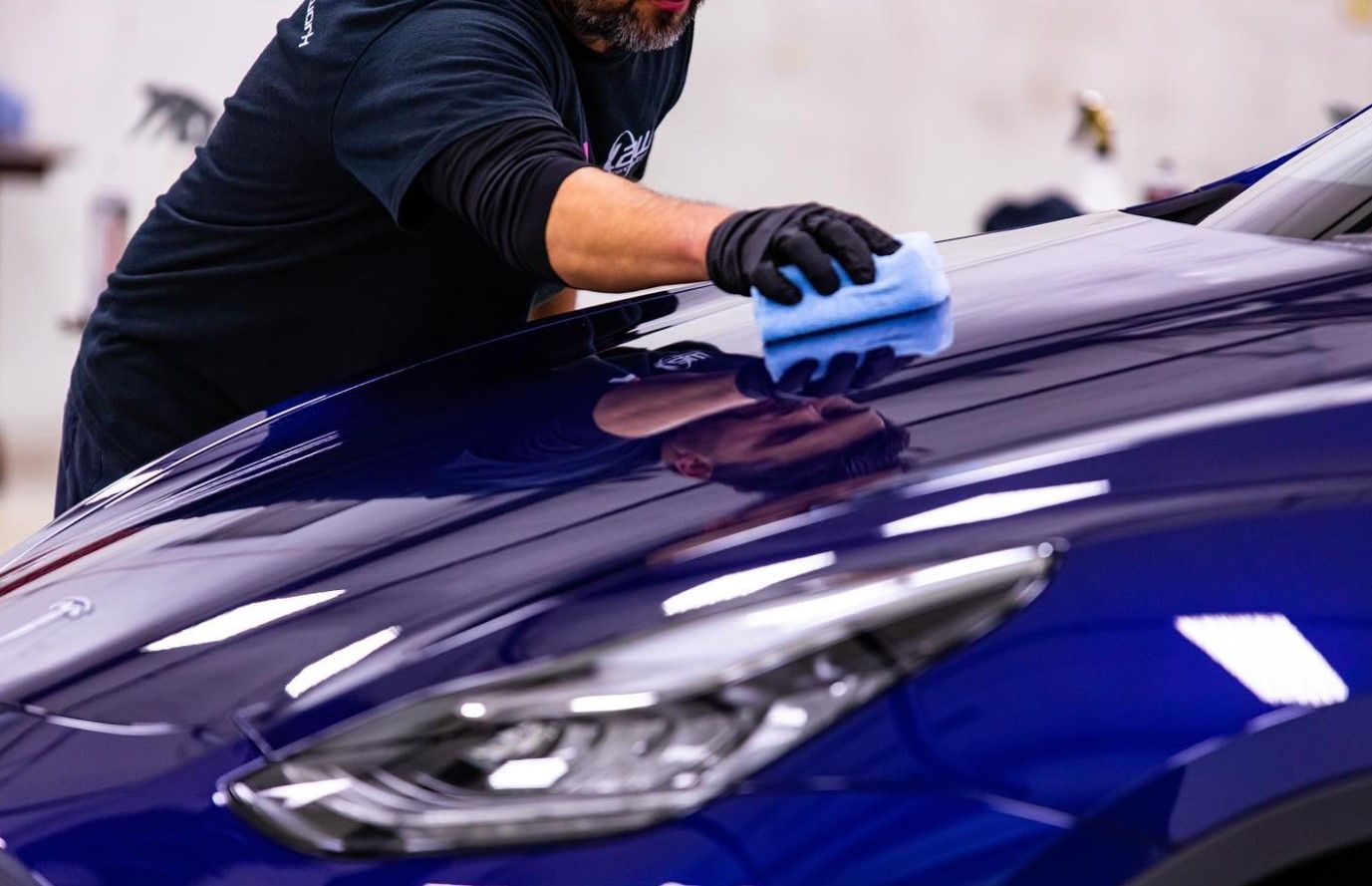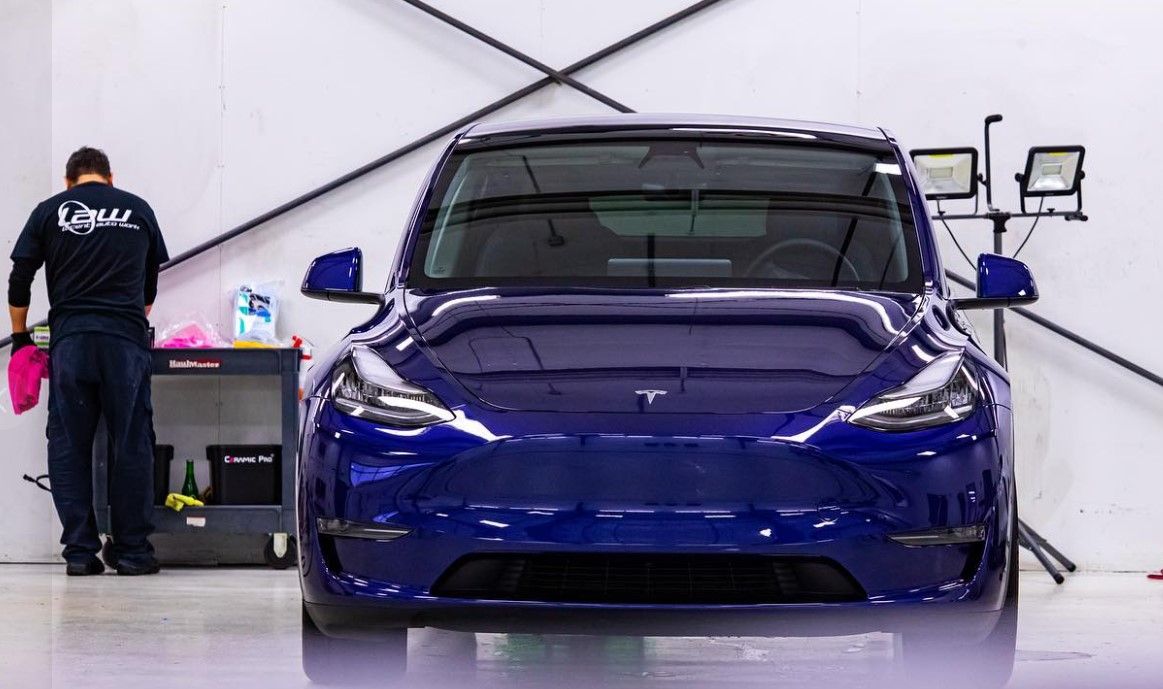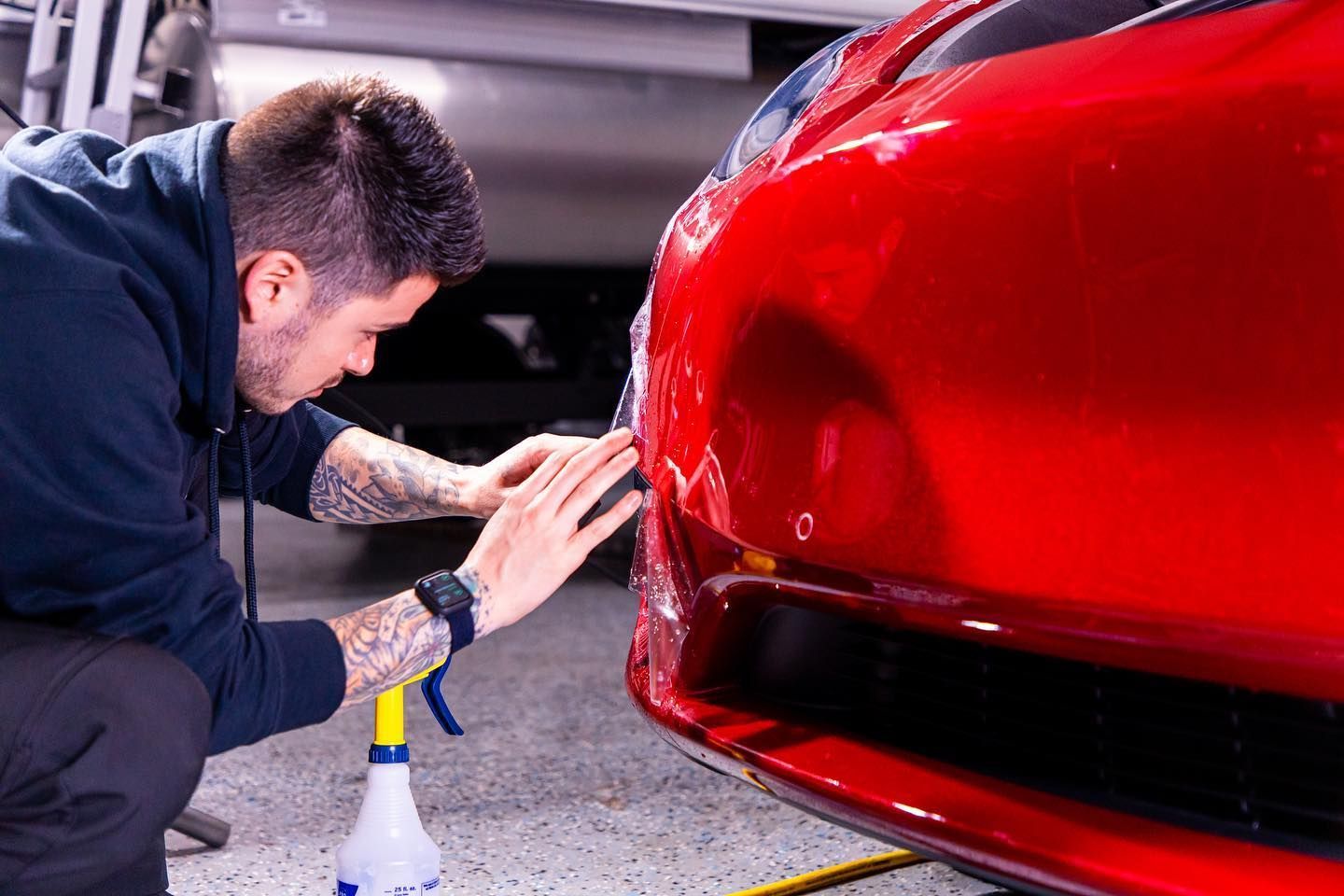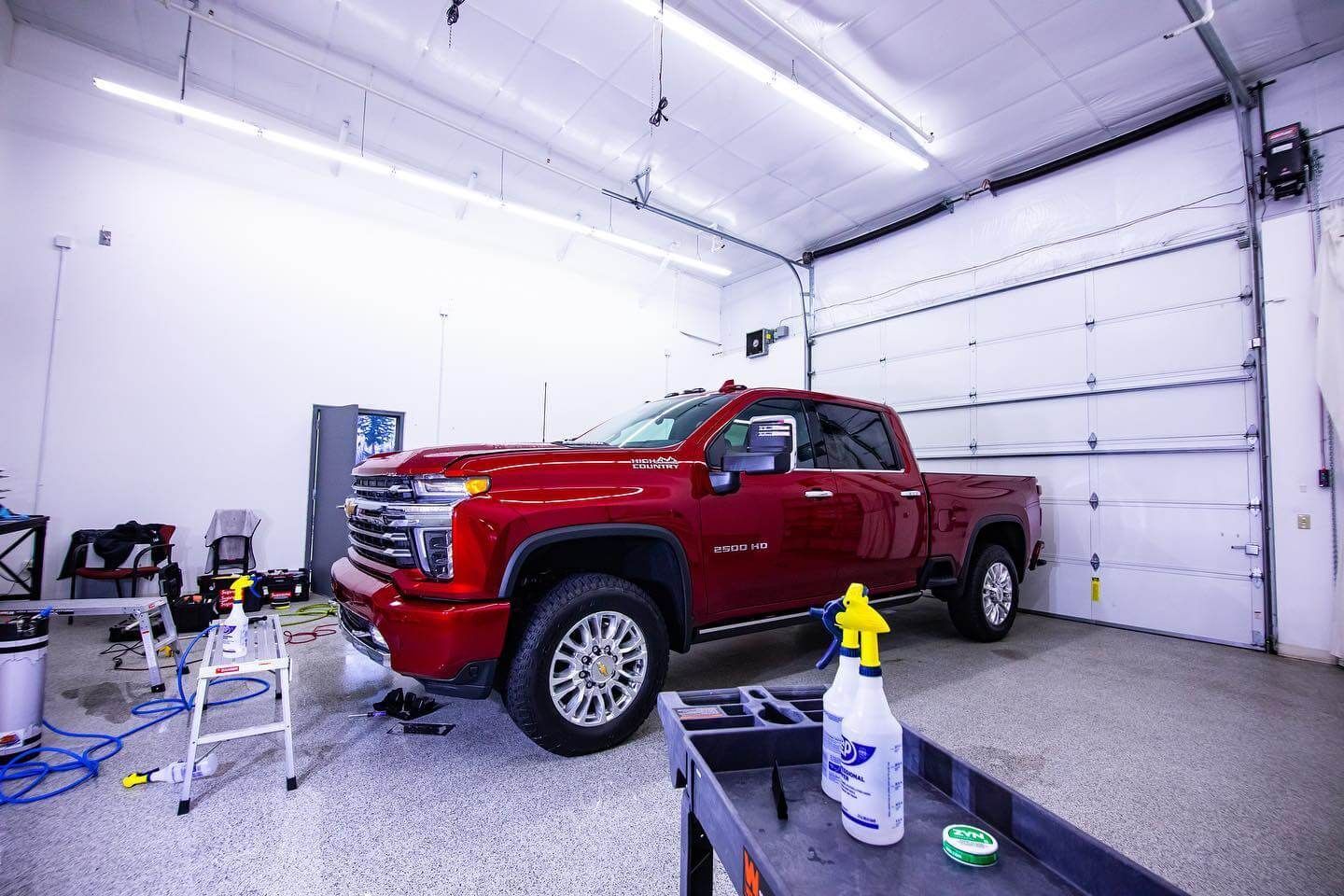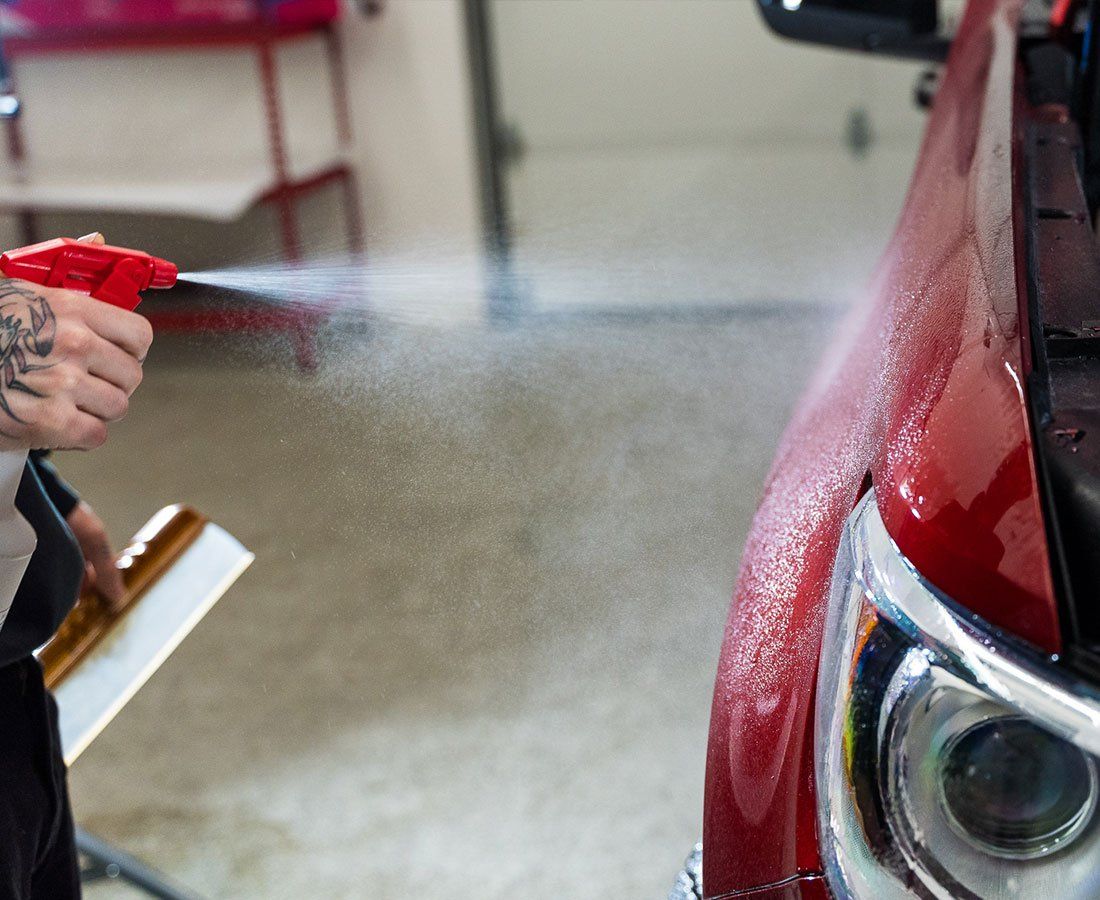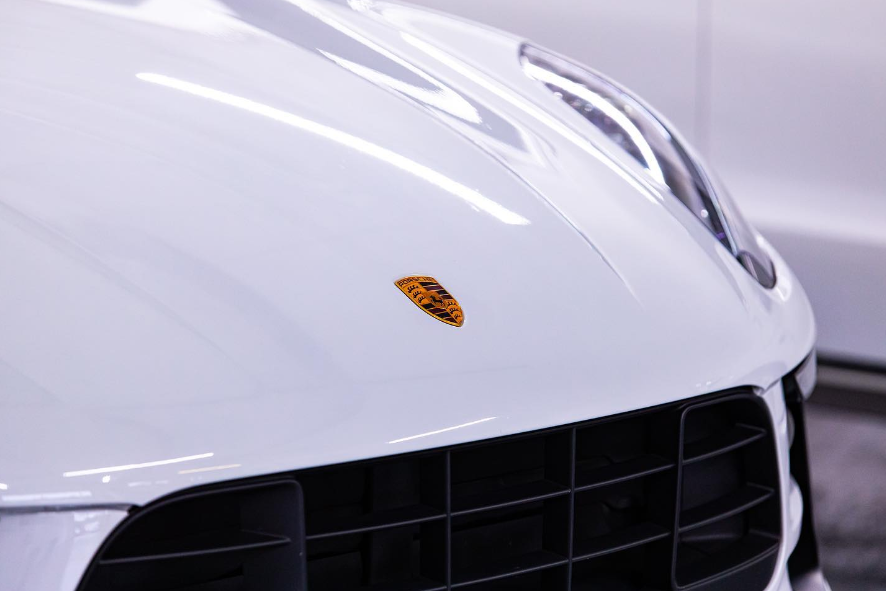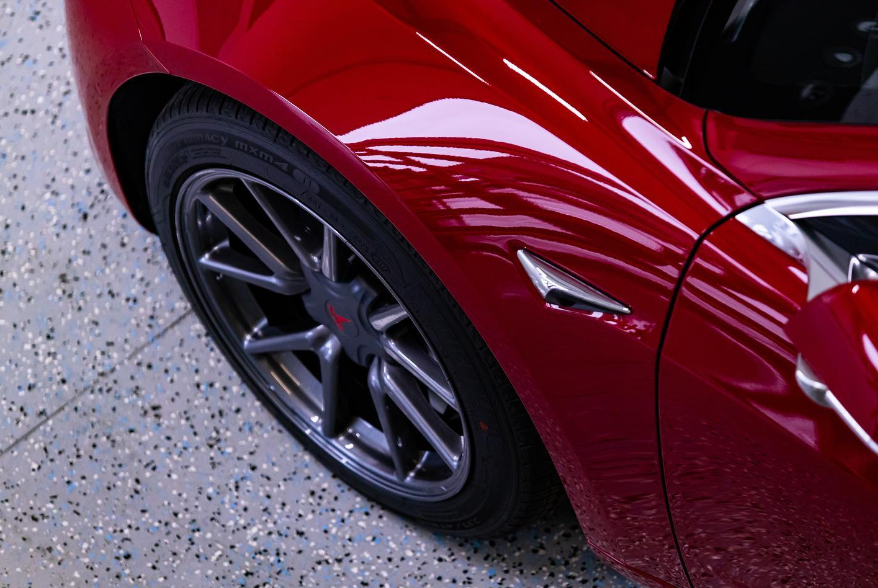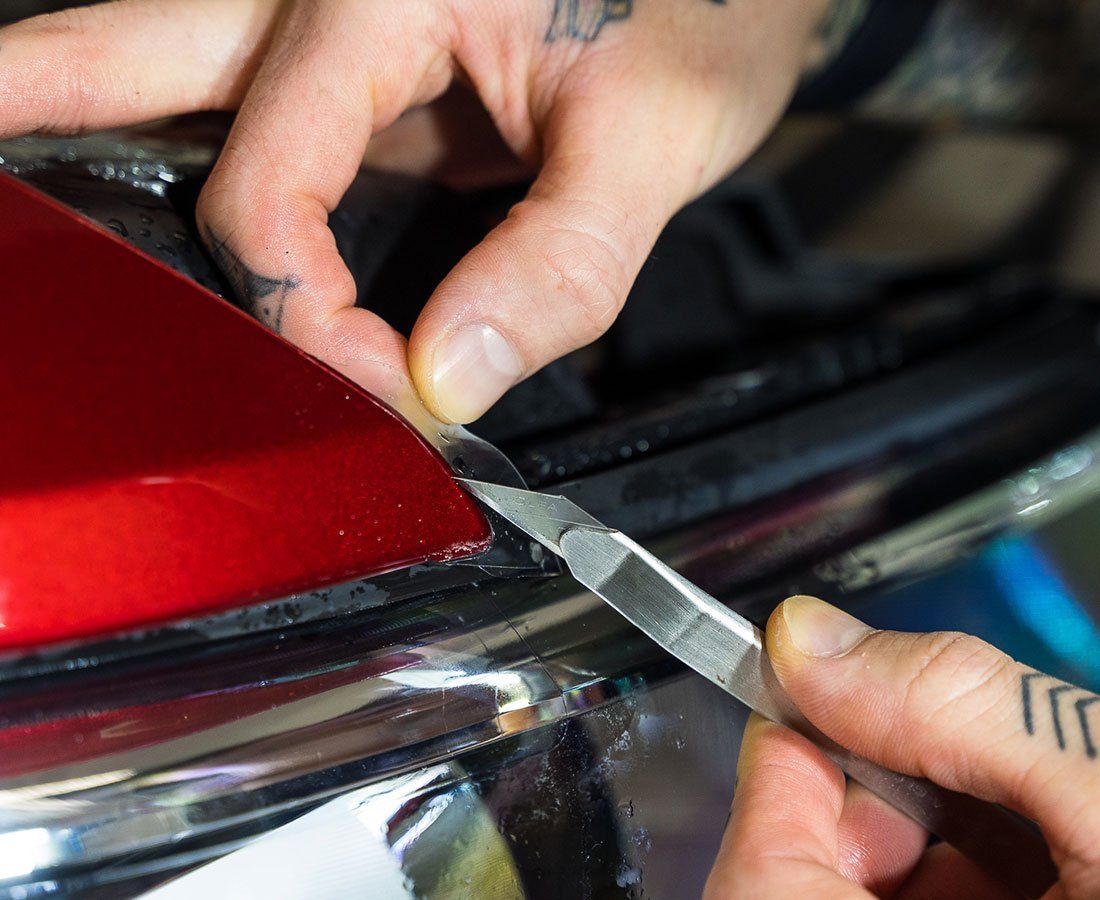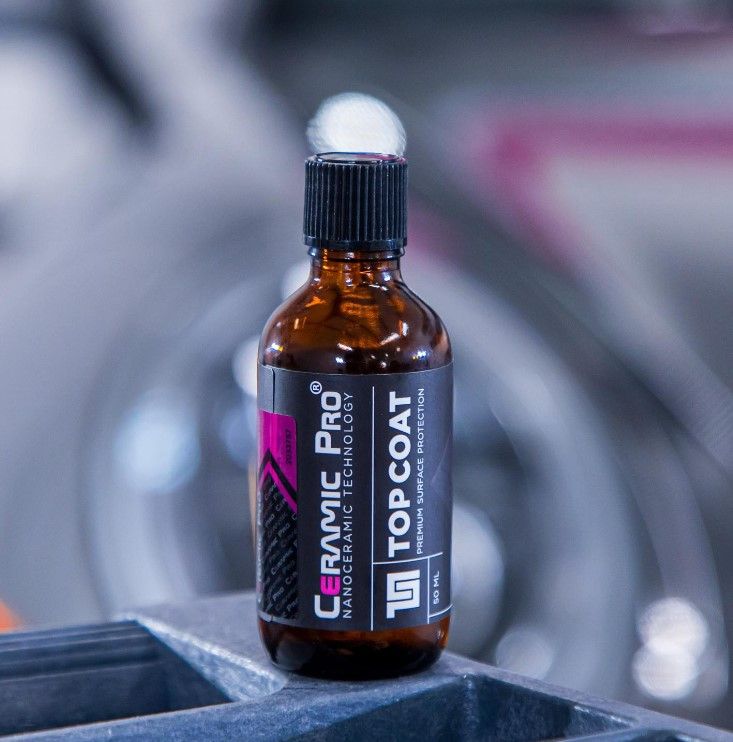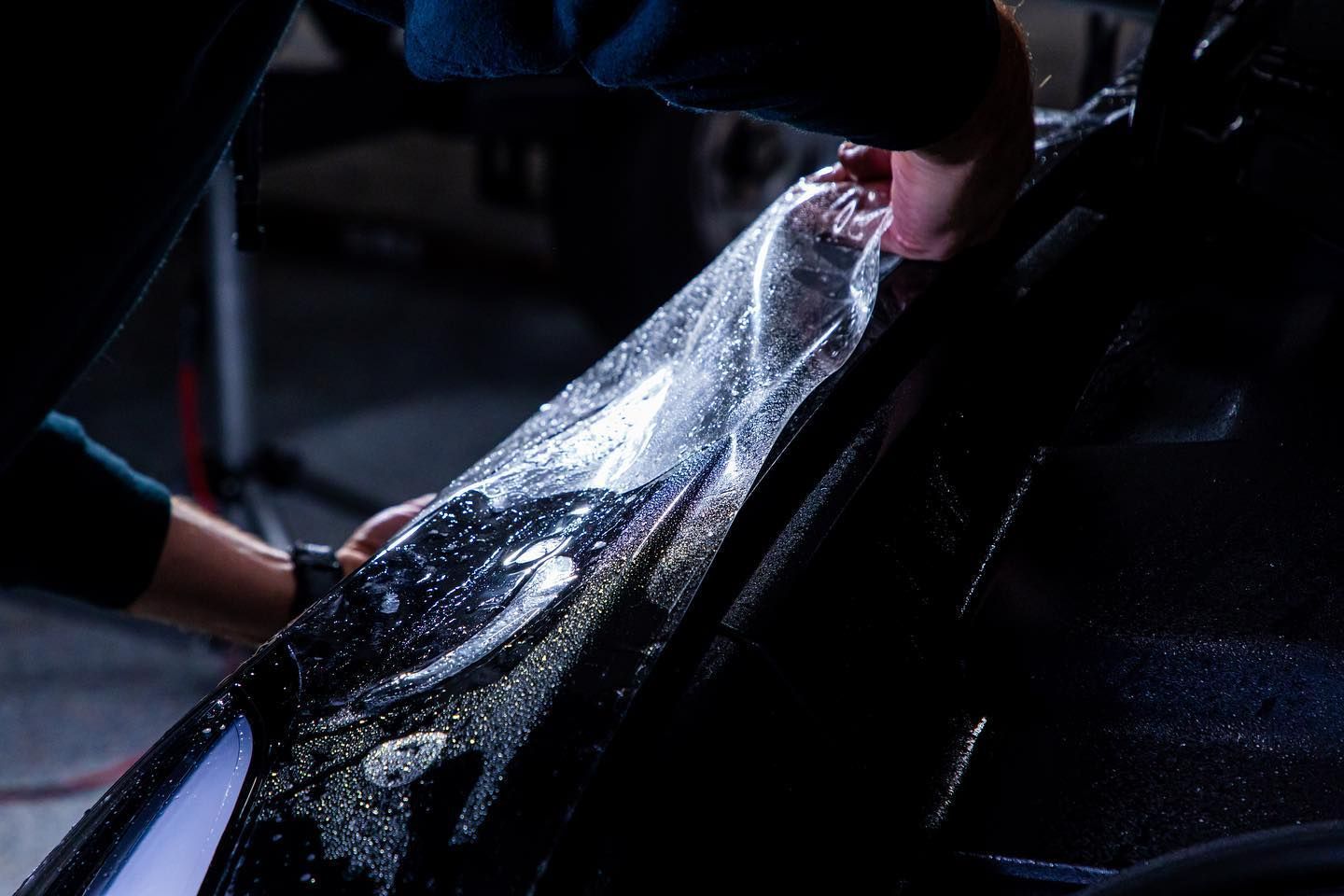When it comes to your car, maintaining its appearance and condition goes beyond regular washes and outings to the detailing shop. If you’ve invested in a ceramic coating—an advanced protective finish applied to your vehicle—you might be wondering how to tell if that investment is still working for you. Ceramic coatings promise unwavering shine, durability, and easier cleaning, but how do you confirm that they’re doing their job? In this guide, we’ll explore some simple tests and observations you can make to assess whether your car’s finish is protected by that shiny layer of ceramics. From water beading to visual indicators, let’s unlock the secret signs of a well-coated vehicle!
You can determine if your car is ceramic-coated by performing a water beading test; if water beads significantly on the surface at angles of 110° or higher, it indicates a good ceramic coating. Additionally, look for any stickers in the door jamb from professional detailers, and observe the hydrophobic properties—if water consistently slides off without streaking, this also suggests the presence of a ceramic coat.
Identifying Hydrophobic Properties
Hydrophobicity, the ability to repel water, is one of the standout features of ceramic coatings. When you pour water on a coated surface, your eyes can tell quite a story about the quality of the application.
Quick Tests
To put this theory to the test, grab a bucket of water or simply use your garden hose. As you introduce water to the paint, pay close attention. If the water forms small, tightly-knit beads instead of just rolling off flatly or spreading out, it’s an excellent sign that your car is equipped with a ceramic coating. The shape and size of these water beads matter too—good coatings typically create beads around 1-2 cm in diameter.
On the other hand, if you observe water sheeting or spreading without forming distinct beads, it might hint towards an inferior coat or even the absence of any coating altogether. The state of hydrophobic properties also indicates how well previous owners cared for the vehicle. Proper maintenance keeps those properties intact so they don't fade away over time.
Moving beyond tests, there are visual cues and practical recommendations you can consider when identifying whether your vehicle has a ceramic coating.
Visual Indicators: Gloss and Shine
The visual appeal of a ceramic-coated car is indeed hard to miss. A well-applied ceramic coating imparts an impressive, deep gloss to the paint. Picture a beautifully polished surface that’s so reflective it looks almost as if it's been dipped in liquid glass. This characteristic makes your vehicle stand out on the road, catching the eyes of passersby.
The gloss isn't just for show; it also acts as a protective shield against UV rays and environmental contaminants.
One key factor that differentiates ceramic coatings from traditional wax finishes is the level of shine they offer. Typically, while wax can achieve gloss levels around 5 to 7 on a scale of 1 to 10, ceramic coatings frequently score between 8 and 10.
When comparing surface glints, the paint on a ceramic-coated car sparkles vibrantly in direct sunlight more than its uncoated counterpart. It’s important to observe how light interacts with various angles of the bodywork — ideally, you should see a clear and bright reflection with minimal distortion. This often leads to sharper and clearer reflections.
However, it’s essential to consider that gloss does not always mean longevity. The care given to the vehicle before and after application can affect how long that glossy shine lasts. Regular maintenance combined with quality cleaning products specifically formulated for ceramic surfaces is crucial for keeping that mirror-like finish intact.
As you assess the condition of a vehicle’s exterior, keep in mind that slight streaking or dullness may indicate either poor maintenance practices or a coating that's losing its efficacy over time.
Taking into account both appearance and maintenance will help you form a clearer picture of whether your vehicle boasts a ceramic coating or simply relies on conventional polish applications.
Notable Visual Comparisons
With more experience handling coated vehicles, you might even spot certain visual cues indicating the presence or absence of ceramic coatings. For instance, one notable difference can be seen when examining how water interacts with each surface; ceramic-coated cars will generally experience water beading into larger droplets compared to those treated only with traditional wax.
This goes beyond simple aesthetics — it marks an important distinction in protection against elements like dirt and grime. In essence, regular cleaning might require fewer efforts with properly maintained ceramic coatings; they enable dirt to slide off more effortlessly during washes versus non-coated surfaces, where particles tend to cling stubbornly.
Considering these visual indicators and observations provides significant insight into your vehicle's finish and helps bridge us into understanding the next critical test related to water interactions on vehicle surfaces.
Water Beading and Sheeting Test
Conducting a water test is not only simple but also highly effective in determining whether your car is protected by a ceramic coating. This process allows you to witness firsthand the hydrophobic properties that make ceramic coatings so desirable. Think of it as performing a little experiment right in your driveway—it’s like checking on a plant to see how well it's been watered.
Step-by-Step Water Test
First, start with a thorough wash of your vehicle. Make sure to use a pH-neutral soap that won’t damage the finish. Once you've scrubbed away all dirt and grime, you're setting the scene for your water testing. After washing, allow the car's surface to dry slightly—this will enhance accuracy in measurement when you conduct the water test.
Next, grab a bucket of water or connect your hose. When ready, pour or spray the water over your vehicle's surface, paying careful attention to how it behaves. If the water forms beads that cling tightly to the surface, rolling off quickly, that's a strong indication that a ceramic coating is present. The ability for water to bead up rather than spread out and form a thin film is one of the hallmark features of effective ceramic coatings.
A well-applied coating typically generates water beads measuring between 1-3 mm in diameter and allows water to roll off within seconds, much quicker than untreated surfaces, which often linger with water pooling.
But what if you notice that the water doesn’t bead up? Instead, does it seem to sheet off rather than pile into beads? This sheeting effect can sometimes indicate that either the coating has degraded or it simply isn’t there at all. To confirm your observations, consider running this test on an uncoated area of the vehicle or even on another vehicle entirely for a fair comparison.
When I performed this test on my vehicle after having it treated with ceramic coating, I was astonished by how quickly the water cascaded off without leaving any residue. It became clear that this protective layer not only enhanced aesthetics but also simplified maintenance significantly.
Importance of Regular Observation
Regularly observing how your vehicle responds during these tests will help gauge the longevity of your ceramic coating as well as indicate when maintenance might be necessary. Over time, even the best coatings can lose their effectiveness due to environmental factors such as UV rays or exposure to harsh road elements.
For optimal results, consider keeping a record of how your car’s hydrophobic properties change over time following washes; this information can guide you in maintaining its integrity.
As we further explore methods for understanding and ensuring your car's protective features, we can shift our focus to more formal evaluation techniques utilized by professionals.
Professional Inspection Methods
When it comes to understanding the condition of your ceramic coating, professionals often employ advanced evaluation techniques that provide a clearer picture than simple visual checks. One key tool in a detailer's arsenal is the paint thickness gauge. This device measures the depth of the ceramic coating layer on your vehicle, helping professionals ascertain whether the coating is intact or has diminished due to wear and tear.
This measurement not only determines existing conditions but also offers insights into how long the coating has been in place and its remaining life expectancy.
Furthermore, the analysis doesn't stop at measuring thickness; it extends to evaluating how well your surface holds up against specific cleaning agents.
For instance, professional detailers might use acid-based cleaners during their assessments. A coated surface should show strong resistance when exposed to such harsh chemicals. If water spots and other debris bead off effortlessly, it reaffirms the presence of an effective ceramic coating. In contrast, if contaminants are absorbed rather than repelled, it signals that your coating may be compromised or even non-existent.
Investing in professional inspections not only provides peace of mind but can also save you from costly repairs down the road by ensuring the continued effectiveness of your ceramic coating. As we explore further, you'll discover essential practices that help maintain and enhance your vehicle's protective features against various environmental elements.
Maintenance Tips
Maintaining your ceramic-coated car is crucial if you want to keep it shining bright and protected from the elements. One of the most vital aspects of this maintenance is developing a proper cleaning routine; after all, cleanliness is key to preservation.
Start by using pH-neutral car shampoos, as these are gentle enough to clean without stripping away the protective layer. Abrasive sponges or harsh chemicals can dull the coating's shine, creating a lackluster appearance over time.
Additionally, consider investing in high-quality products designed specifically for ceramic coatings. I've had great success with Shine Supply’s Smooth Move, which effectively removes iron particles and debris that can cling to your vehicle. Remember, regular upkeep means using these products consistently; think of it like watering a plant—neglect it, and it wilts. Another excellent option is Modesta’s Coating Cleanser for everyday maintenance, ensuring a lasting sheen.
One key tip is to wash your car every 2-4 weeks. This not only helps maintain its aesthetics but also reinforces the protective qualities of the coating. If you encounter bird droppings or tree sap, it’s essential to address these immediately; both can cause damage if left untreated. Imagine each drop of sap as a tiny adversary working against your car’s beauty—don’t give them the chance to take hold!
Beyond just the washing schedule, be mindful of your drying techniques as well. Using high-quality microfiber towels ensures that you’re not inadvertently scratching the surface while drying off excess water. Think of these towels as your car’s best friends—taking care of them will keep them looking sharp! Always pat dry rather than rubbing to prevent any unwanted friction that could mar the finish.
Furthermore, it's essential to maintain seasonal awareness throughout the year—a factor that plays a pivotal role in preserving that slick finish.
Seasonal Considerations
During spring and summer, you're facing heavier UV exposure, which can degrade ceramic coatings over time. Regular washing becomes even more important during these months, especially with pesky tree sap and bird droppings being common nuisances that can damage any coat of protection.
Conversely, in fall and winter, road salt becomes an ever-present threat on highways. Frequent washes help prevent corrosion caused by those salt deposits stuck to your vehicle.
To combat this, consider applying ceramic boost sprays every 3-4 months. This rejuvenation treatment acts almost like a vitamin for your car's exterior, reinforcing layered protection against grime and environmental challenges.
What about common mistakes? I can't stress enough how important it is to avoid automatic car washes since their brushes could potentially scratch that pristine layer you've worked hard to establish. Instead, opt for touch-free or hand-wash methods whenever possible—you’ll thank yourself later!
All of these practices may seem demanding, but they play an essential role in promoting longevity for your vehicle's ceramic coat. Investing time in proper maintenance safeguards not just appearance but also the integrity of your investment as you explore further into what makes these coatings so beneficial.
If you're ready to give your vehicle the protection it deserves,
Lucent Auto Work offers high-quality solutions designed to keep your ride looking its best for years to come. From premium ceramic coatings to expert paint protection film applications, our team is here to help you preserve your investment with care and precision. Call us today at (253) 533-6776 to learn more or to schedule your appointment!




